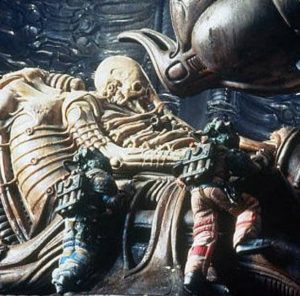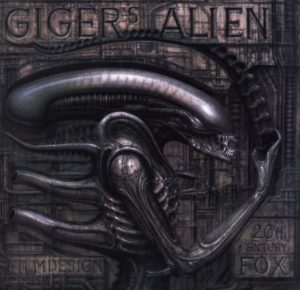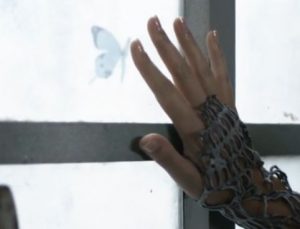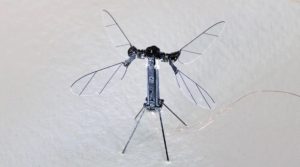Nnedi Okorafor’s “From the Lost Diary of TreeFrog7” was one of my favorite reads this semester. The plot of the two researchers trudging through a jungle in pursuit of a mysterious CPU plant was fascinating, and Okorafor did an incredible job in creating the “Jungle-fever” feel.
What I most liked about the story, of course, was the entomological influence on the organisms. In a world that was supposedly far advanced than our current society, the insects seemed to have evolved as well. We see that the wingless hawk moth is acting almost as a guard against the CPU plant. This behavior is not different from current insects protecting their territories from invaders. However, what a drastic change is the size in the moth. Currently, insects are thought to be limited in size due to the relatively low oxygen concentrations in the air (21%). This is supported by the fact that we had dragonflies the size of eagles in ancient times when oxygen concentrations were higher (35%). Since insects have a passive respiratory system and no way to pump oxygen around, how much oxygen in the air is hypothesized to be correlated with size. Perhaps in the plant-dominated world of TreeFrog7, oxygen levels have increased enough so that you get giant moths that intelligently stalk you from behind.
URLs:
https://www.livescience.com/24122-why-insects-are-not-bigger.html (Info)













